There’s an old saying that nothing is permanent except change. Over the past few months, we’ve all come to realize the truth of this. School, work, celebrations, livelihoods – lives – have been disrupted by this sudden change. And, while we might all agree that change is a part of life, that doesn’t take away the pain and confusion that abrupt, unexpected change can cause.
One group that has definitely felt the impact of this is educators. Schools across the nation have closed, leaving administrators, teachers, and parents scrambling to find ways to continue teaching students. Administrators worry about students and their teachers. Teachers worry about how to reach all their students, especially the most vulnerable. Parents are trying to juggle at-home learning while struggling with work, or the loss of it, and trying to keep everyone safe and sane under one roof for an extended, unspecified amount of time.
But there are a couple other sayings about change that also ring true:
“Change brings opportunity.”
– Nido Qubein
“Never doubt that a small group of thoughtful, committed citizens can change the world; indeed, it’s the only thing that ever has.”
– Margaret Mead
These two sayings, I believe, are more representative of how this change has affected the education of our students. Have there been challenges? Absolutely. Are we still struggling? Without a doubt. But overwhelmingly, the hearts and minds of administrators, teachers, and parents have come together to do whatever it takes to continue nurturing the minds, souls, and bodies of our next generation. How do I know this? Well, besides seeing testimony to this fact every day on social media, I have concrete proof in the form of our Teacher Advisory Group (TAG).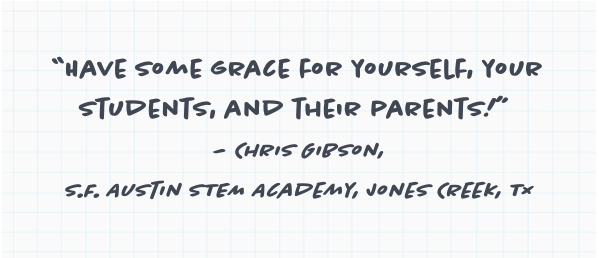 Chris Gibson, STREAM lab teacher
Chris Gibson, STREAM lab teacher
Our TAG members represent a cross section of what life likely looks like for many educators. Some of them were already experienced in distance learning, others not so much. Some are overwhelmed with work, trying to keep up with what’s been asked of them. Some, as teachers of special-needs students or noncore subjects, are somewhat adrift, trying to find ways to help their students and colleagues now that their own load has been reduced. All are balancing their own mental, physical, and social well-being – and that of their families – on top of everything else. And all are totally focused on ensuring that their students continue to learn, however that learning looks.
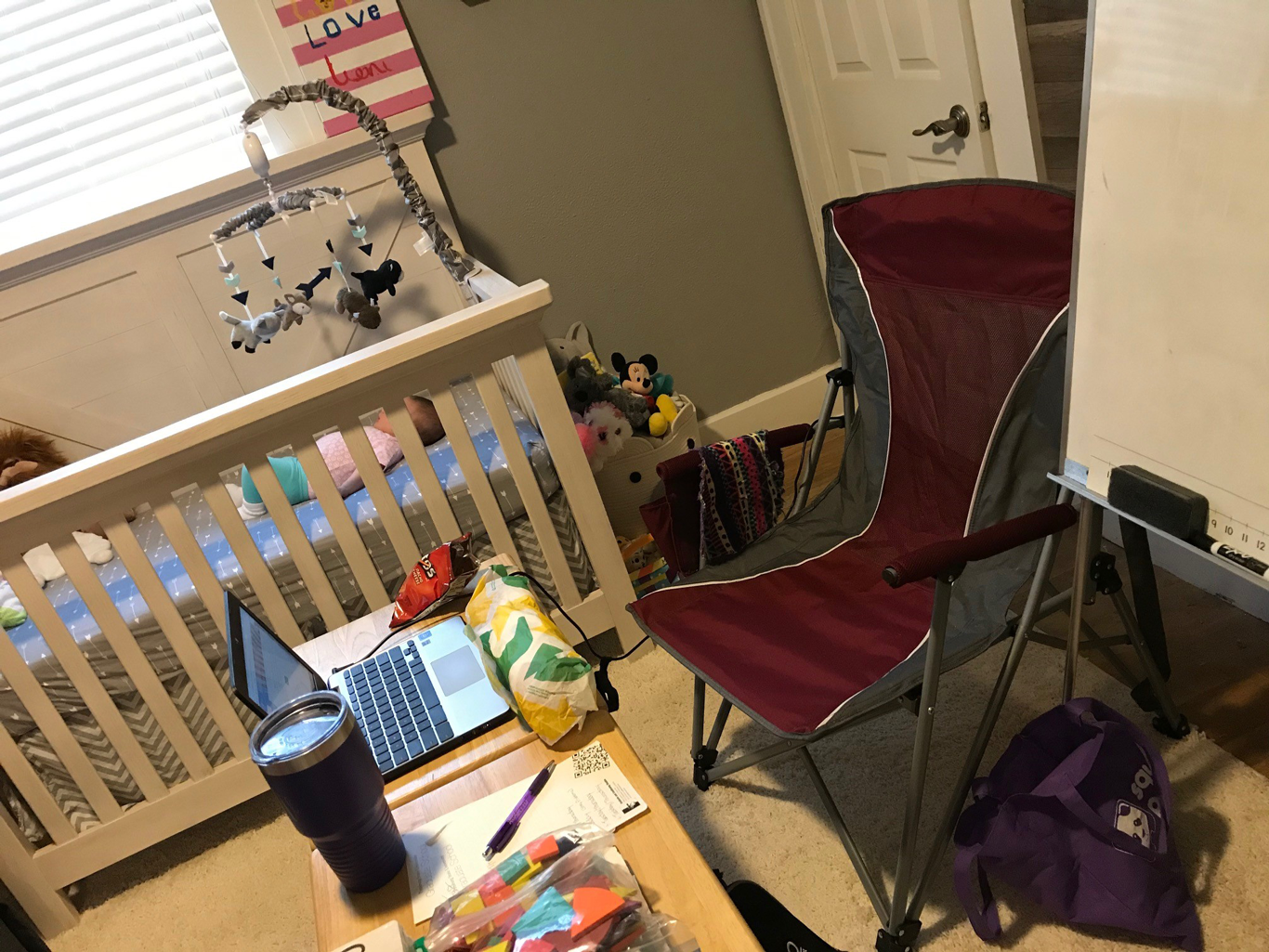 Natalie Vanderbeck, math teacher, virtually teaching at home.
Natalie Vanderbeck, math teacher, virtually teaching at home.
Knowing that they were most likely already stretched to the limit, we tentatively asked our TAG folks to give us a glimpse of what life has been like for them in the wake of the current pandemic. And, like the superstars they are, they responded in spades. I’ve always admired teachers, but these replies, more than anything, make me believe that our students will truly be OK. Some might struggle and maybe even fall. But they will be caught. Because these teachers simply refuse to give up. No matter what has been thrown at them, they continue to adapt.
Initial Struggles
Like all educators, many of our TAG members experienced growing pains with the sudden switch to online/at-home learning.
- “Distance learning is harder for students! . . . Everyone has a different way to connect and communicate. Students are focusing on how to use the tech and not the content of the lessons.” – Joe Slifka, technology teacher
- “The focus right now is reaching out to make sure that students are able to connect through many different platforms in order to read, respond, and complete activities.” – Lisa Lewis, gifted intellectual instructor
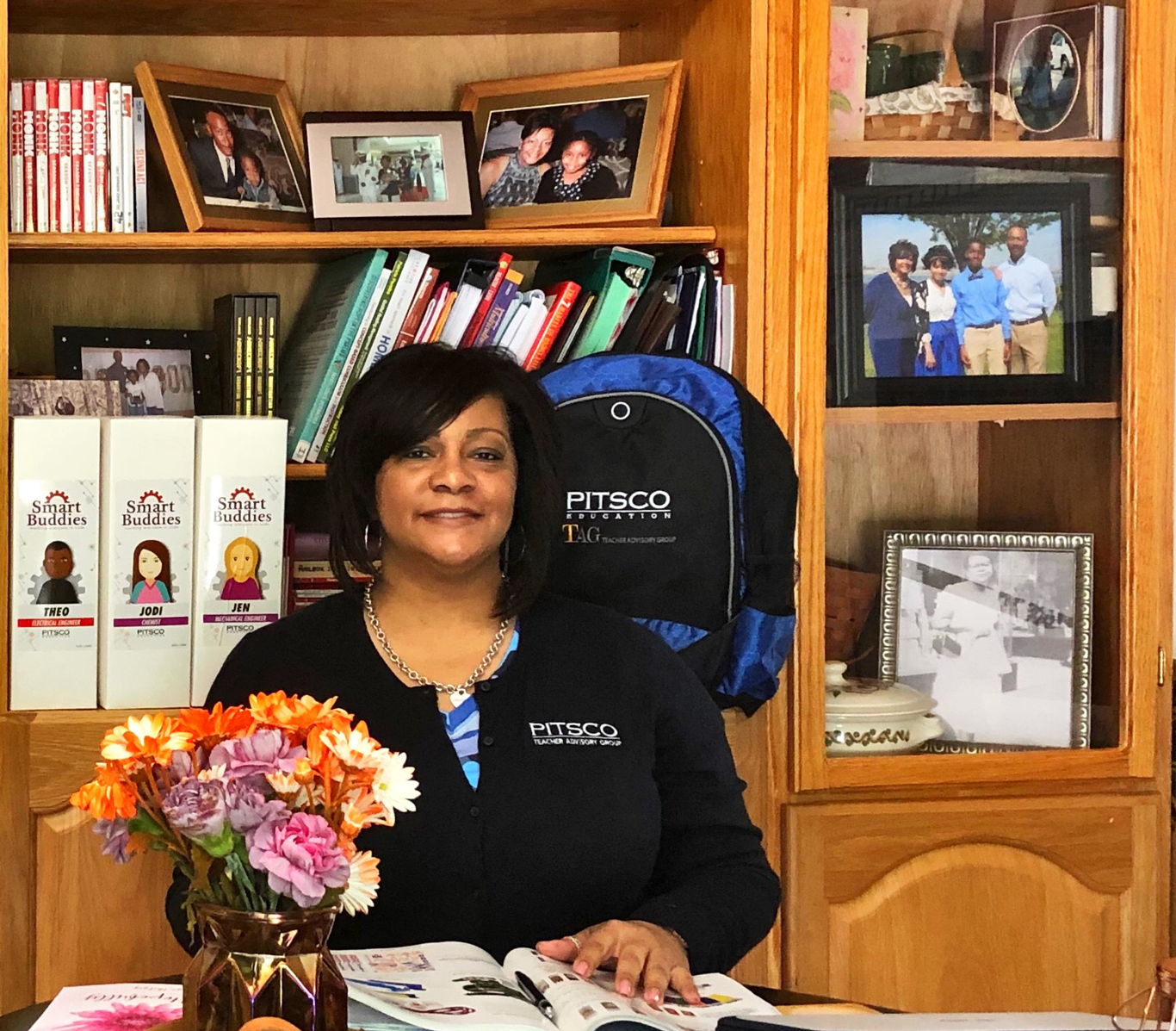
- “Not everyone has Wi-Fi access, so our district has been able to provide a number of hotspots. We know that, even with that, not all students will have access to a device and/or Internet to complete online tasks or assignments. Some will not have a parent or caretaker to encourage them to do their schoolwork. We can provide packets for students to complete, but then you have to worry about transmitting germs, etc.” – Chris Gibson
- “It’s really difficult to teach students CAD at home when they don’t have Internet or computers. So, I’m working around that . . . not very well, I’m afraid.” – Sam Warwick
Early Solutions
But even in the early days of virtual learning, our TAG members already had some solutions up their sleeves. These ideas ranged from simply checking in on their students and colleagues to connecting with parents to innovative ways to serve their students and continue the learning at home.
- “During the first two weeks of learning, I would send out a message to parents that was upbeat with what cool activity I had set up for their children that day. I would also post a message in Google Classroom for students with links to activities related to the daily learning. Parents would send me photos and videos of their children learning new things and I would post them the next day for everyone to see. It brought lots of joy to me when I saw students delving into new areas of learning.” – Jill McClain, Grade 4 teacher
- “I’m considered a ‘special’ teacher, so I’m trying to complement what the core teachers are trying to do. I’m focusing on science, STEM, and fun things families can do together (or keep kids busy and productive) with items they might have around the house.” – Chris Gibson
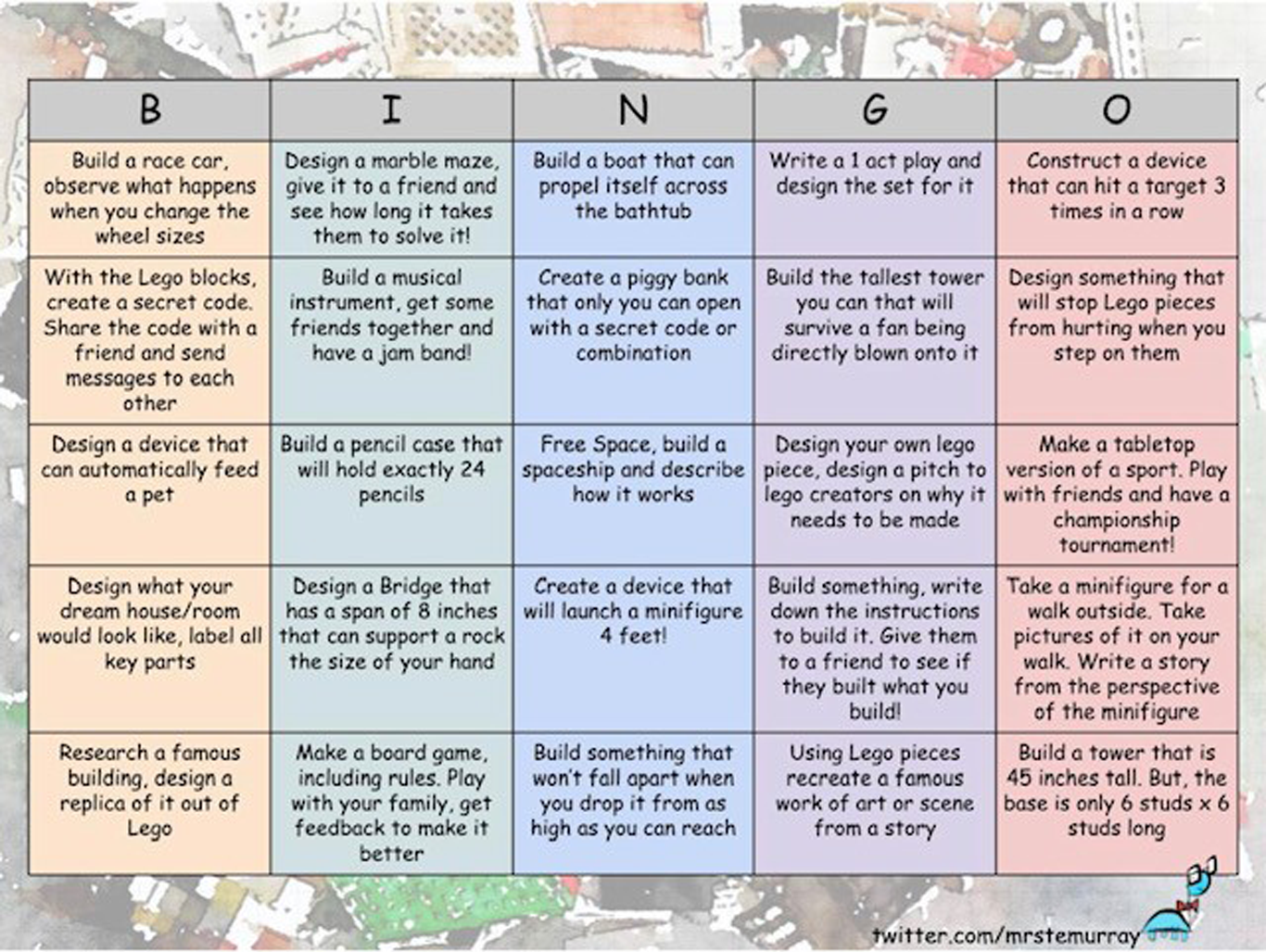
- “It has been a privilege to serve hot lunches for our students. Students were so excited to see us and just to say hello. We will continue to serve lunches throughout this crisis.” – Lisa Lewis
- “I teach electives, so I am telling my students to prioritize their core classes and offering assistance for them in those classes.” – Joe Slifka
‘Grace, Patience, and Understanding’
As stay-at-home orders were extended, we all began to adjust, even if unwillingly, to this new normal. Teachers, students, and parents began to develop routines. But in looking at the responses we received from our TAG teachers, an overarching theme began to emerge. Not one of best virtual lesson plans or ways to track proof of learning, though those things were present and are certainly still important. Right now, though, the theme is one of patience and understanding, of slowing things down and tending to mental and emotional needs. Once again, these leaders have taught their students, simply by being awesome role models. By showing up, every day, and calmly exuding an air of confidence – in themselves, in their students, and in their parents.
- “Something that has stuck with me is what my principal, Mrs. Copeland, said at the beginning of one of our Teams faculty meetings: ‘Remember three words: grace, patience, and understanding.’ I have been mindful of these words when responding to emails, posting to my Canvas course, and talking to my group of middle school STEM teachers in Teams meetings. When talking to teachers and students about expectations, you might unintentionally overwhelm the very people you’re trying to support. Remember to take a step back and reflect through the lens of the student, the teacher, your colleagues, the parent/guardian. When you do this intentional reflection, you might be able to find and fix some potential challenges before they actually occur.” – Michael Clark, STEM teacher and assistant CTE director
- “I am excited how many students are participating in my Google meet sessions. Some students love this platform for learning and are successful at it. Other students are struggling and need that interaction. It’s a mix at this point. I keep calling, encouraging, and offering support. Be 100 percent super positive; be there to help and encourage. Grace before grades, always.” – Denise Wright, STEM and science teacher
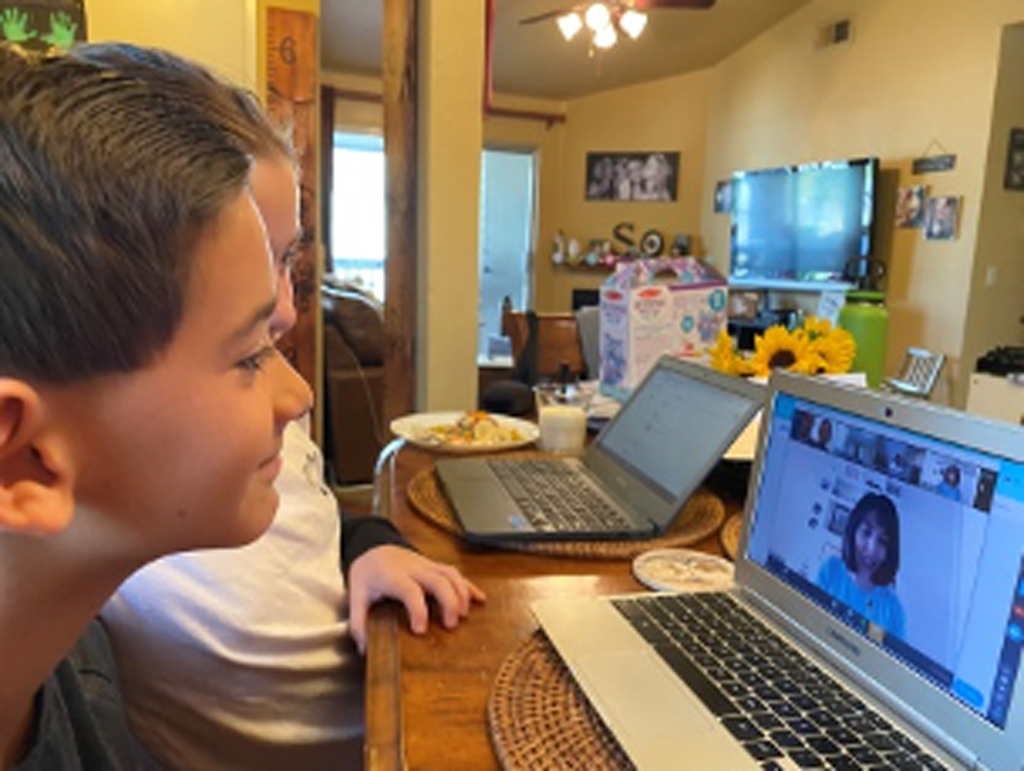
- “I find that routine helps. I post optional assignments on Monday of each week, and I check first thing each day for comments from students and respond to them then. I find that some students struggle if they have posted a question and do not get an immediate answer. Once they know the routine that I check each morning, they are more at ease.” – James Brown, STEM teacher
- “Make sure you connect with your students and families before assigning work. Make sure they are OK. See if they have any special circumstances. Be available to them and encourage them to reach out to you. Help them the best you can and find answers for them. . . . One of my students doesn’t have a device at home and mom worked on the pick-up day. Another student is in daycare and has to do our meets with other kids in and out. Several parents are essential workers. One student can’t get online until mom comes home at 5:00. So, as well as the live meets, I’m posting recorded videos they can access whenever. . . . I am making sure students are able to work on activities without additional help, limiting the amount of work I assign, and encouraging them to learn in nontraditional ways such as outside or through photos and videos.” – Emma Smith, STEM specialist and resource teacher
- “Don’t overload your students. It’s a big change for a lot of people. . . . I have a meeting set up for 10:00-11:00, Monday-Friday. Students will drift in and out of it as they have questions or just want to talk. The most interesting thing is their free time. Not spending time getting back and forth to school or changing classes gives them a little more time to do what they want. I have been teaching them that, just like you have to plan your schoolwork, you need to plan your free time. I am following my own advice by cleaning out my garage and one of my buildings.” – James Jones, science and engineering teacher
- “Communication is key. I found that keeping the parents engaged, but not overwhelmed, increased the focus of my students, as they can hold them accountable and give them that in-person prod that I am currently unable to provide.” – Everton Henriques, engineering and technology teacher
- “Parents are having to balance work from home and now homeschooling their children. Try not to overload your students with assignments. Less is better.” – Lauren Freeman, gifted and talented campus coordinator
Takeaways and Happy Surprises
Change does indeed bring opportunity. And our TAG members were eager to share the things they’ve learned, from lessons they will bring back to the classroom with them to pleasant surprise at how much their students miss them and everything in between.
- “When I meet each semester with student teachers, one of the topics we explore is support. We talk about the importance of working as a team and involving outside support for your classroom. So many educational providers have stepped up to provide educators and parents with supportive learning material during this time. It has been inspiring and a lesson for all that we are better when working together.” – Teresia Harrison, science specialist
- “I have to say that Pitsco has been a big help to me. Three of the four activities I currently have posted on my SeeSaw pages are Pitsco activities that I copied from their Facebook page: the marshmallow experiment, the shadows activity, and the sundial activity. I love that the information is simple to follow and engaging for my students. I have gotten some great feedback via photos and video from these activities. I will continue to use Pitsco resources and other fun/simple activities for my diverse group of students.” – Dave Shafer, STEM teacher
- “I’ve learned that I take for granted the opportunity we have as teachers to build relationships through face-to-face interaction. For a lot of our students, the most important thing we can offer them every day is a smile and letting them know they are loved. I know too much of the time I get caught up in the day-to-day and forget how important it is to make meaningful connections with my students. . . . I will make sure I don’t lose sight of that when I return to the classroom.” – Matthew Way, STREAM lab teacher
- “More than ever, I am aware that our students are digital natives and deal with technology in a different way than non-digital natives do. So, trust them to help troubleshoot problems. It often helps solve the problem quicker and builds their confidence.” – Erin Barr, science and English teacher
- “I have been pleasantly surprised by the work that some students have been able to complete during this. I have been trying many different types of assignments to keep students active, and some students have turned in work beyond what I expected.” – Matt McGuire, design and drawing, robotics, and architecture and construction teacher

As you can see, our TAG teachers are pretty awesome! Show us your awesomeness by sharing how things are going for you and your students.
Need some more inspiration? Check out our STEM @ Home page for at-home STEM learning ideas and activities for all ages.
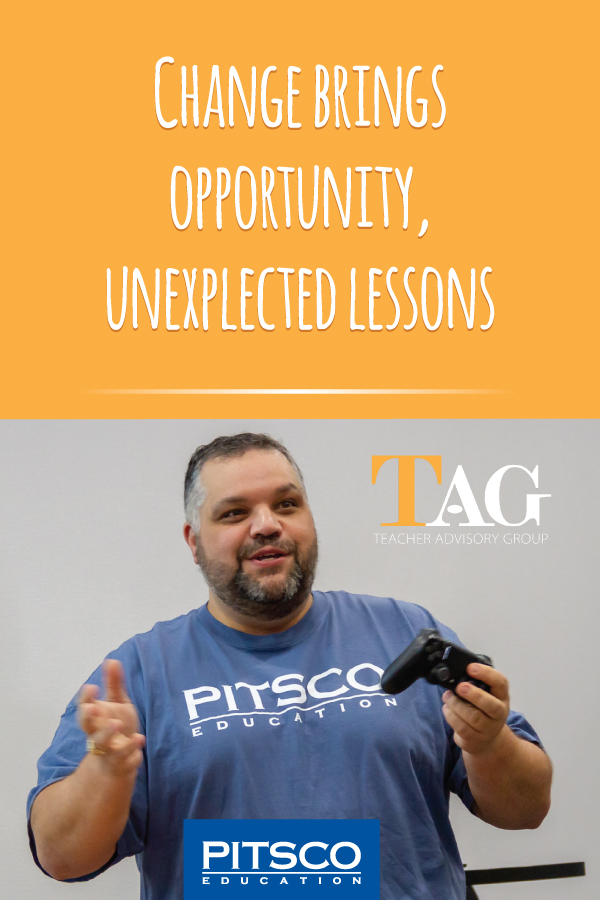
TOPICS: ADMINISTRATION & THOUGHT LEADERSHIP, BEYOND THE CLASSROOM, IDEAS & INSPIRATION, Teacher Resources, Collaborations, STEM, Trends, Resources, Teacher Development, Activities, Hands-on Learning, STEAM



